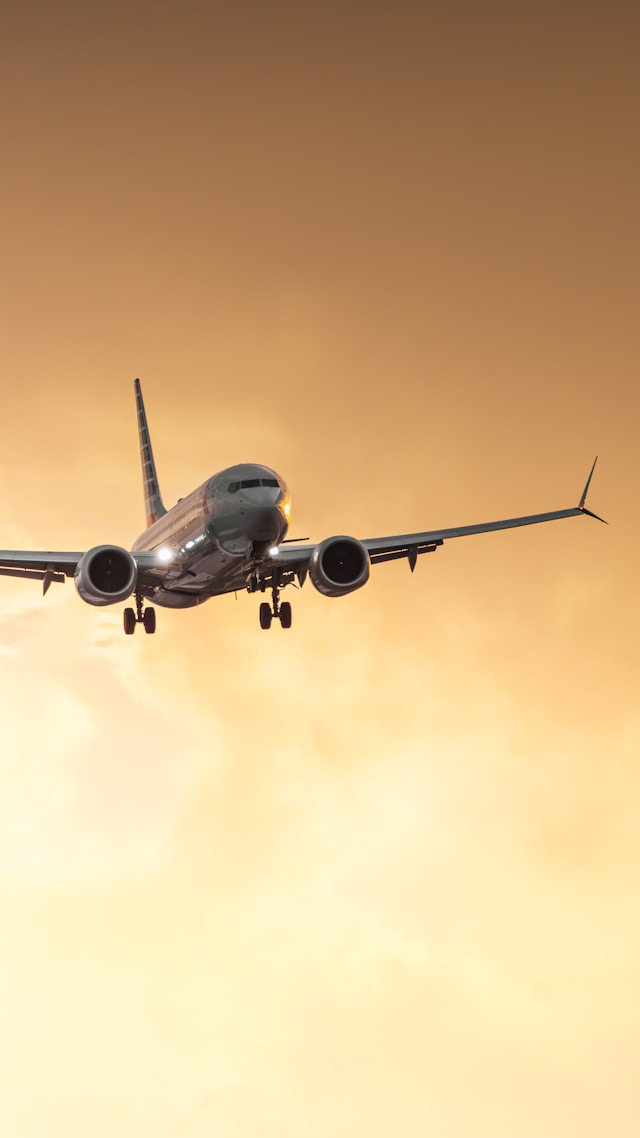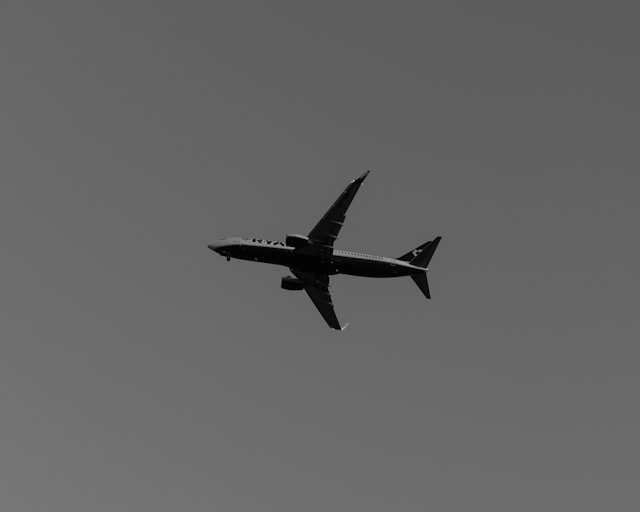Pre-flight checks are a crucial aspect of aviation, ensuring that every flight is safe and that the aircraft is in optimal condition. Regardless of your level of experience, thorough pre-flight checks are essential for a successful and secure flight. This guide covers the key steps and why they are important.
Why Pre-Flight Checks Are Important
- Safety: Identifying potential issues before takeoff ensures that the aircraft is in a safe condition to fly.
- Performance: Ensures the aircraft is in good shape for optimal performance during the flight.
- Regulatory Compliance: Adhering to aviation regulations requires following pre-flight checklists.
- Confidence: Comprehensive checks provide peace of mind, allowing you to focus on flying.
Overview of Pre-Flight Checks
Pre-flight checks can be categorized into paperwork, external inspections, internal inspections, and engine startup procedures. Here’s a detailed look at each category:
1. Paperwork
Before approaching the aircraft, ensure all necessary documentation is in order:
- Pilot’s License: Verify that your license is current.
- Medical Certificate: Ensure your medical certificate is valid.
- Aircraft Documents: Confirm that the aircraft’s registration, airworthiness certificate, and operating manual are onboard and up-to-date.
- Flight Plan: Prepare and file your flight plan if required.
- Weather Briefing: Obtain a current weather briefing to understand the weather conditions for your flight.
2. External Inspection
Conduct a thorough walk-around to inspect the aircraft’s exterior:
- Fuselage:
- Check for dents, cracks, or any visible damage.
- Ensure windows and doors are properly closed and latched.
- Wings:
- Inspect for damage or contaminants such as ice or dirt.
- Ensure ailerons and flaps are functional and not damaged.
- Verify that fuel tanks are adequately filled and caps are secure. Look for any fuel leaks.
- Empennage (Tail Section):
- Examine the horizontal and vertical stabilizers for damage.
- Ensure the elevator and rudder are functioning correctly.
- Landing Gear:
- Check tires for proper inflation and wear.
- Inspect brakes and brake lines.
- Verify that struts are clean and free of leaks.
- Spinner and Propeller:
- Inspect propeller blades for cracks, nicks, or other damage.
- Ensure the spinner is secure and intact.
- Engine Compartment:
- Check oil level and look for leaks.
- Inspect belts and hoses for wear or damage.
- Lights:
- Confirm that navigation and strobe lights are operational.
3. Internal Inspection
After inspecting the exterior, turn your attention to the aircraft’s interior:
- Cockpit:
- Ensure flight controls are free and functioning properly.
- Check that all instruments are operational and correctly set.
- Verify that circuit breakers are in the correct position.
- Confirm that seats and seatbelts are secure and in good condition.
- Power System:
- Turn on the master switch and check that all electrical systems are functioning.
- Test electronics and avionics to ensure they are working.
- Fuel System:
- Verify that the fuel selector is set to the correct tank.
- Ensure the fuel mixture is adjusted for engine start.
- Emergency Equipment:
- Check that the fire extinguisher is charged and easily accessible.
- Ensure the first-aid kit is stocked and available.
- Confirm that the Emergency Locator Transmitter (ELT) is turned on and functioning.
4. Engine Start and Run-Up
The final steps before takeoff involve starting the engine and performing a run-up:
- Engine Start:
- Set the throttle to the appropriate setting.
- Apply the brakes and engage the starter.
- Monitor engine readings during startup.
- Warm-Up:
- Allow the engine to warm up at idle speed.
- Check engine gauges for proper oil pressure, temperature, and other indicators.
- Run-Up:
- Increase power to the run-up RPM and monitor engine performance.
- Test each magneto to ensure proper operation.
- Verify the carburetor heat system is functioning.
- Check vacuum and ammeter readings to ensure normal operation.
- Final Checks:
- Recheck flight controls for smooth operation.
- Ensure all instruments are properly set and operational.
- Adjust the trim for takeoff.
- Confirm that the aircraft is ready for takeoff.
In Conclusion
Pre-flight checks are fundamental to ensuring a safe and successful flight. By meticulously following these procedures, you can identify and address potential issues before they become serious problems. These checks not only ensure regulatory compliance but also provide confidence and peace of mind. Remember, thorough preparation is key to a safe and enjoyable flying experience. Safe travels and happy flying!



